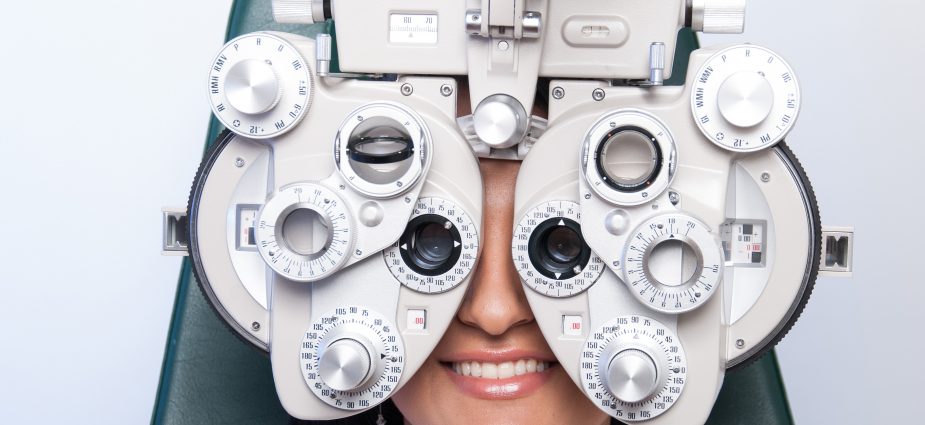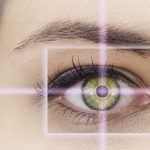Refractive Errors

Below is a description of some of the most common eye conditions that can interfere with your vision.
Myopia (nearsightedness)
Myopia, or nearsightedness, is a condition that causes distant objects to appear blurred. It occurs if your eyeball is too long or if your cornea is too curved. Both of these abnormalities in shape prevent the eye from focusing light properly.
Myopia is very common, affecting nearly 30 percent of the U.S. population. It can be hereditary or (most experts believe) can be caused by visual stress. It can also be caused by health conditions such as diabetes. Myopia typically progresses until about age 20.
Treatments for myopia include glasses, contact lenses, laser surgery, refractive lens exchange (RLE) and phakic intraocular lenses (IOLs).
Hyperopia (farsightedness)
Hyperopia is a condition in which close objects appear blurred. Also called farsightedness, it occurs if your eyeball is too short or if your cornea is not curved enough. Both of these irregularities prevent the eye from properly focusing light onto the retina to produce visual images.
Hyperopia is usually hereditary. Many children are born with farsightedness but gradually grow out of it, at least to an extent, as time goes on. If farsightedness persists, it can be treated with glasses, contact lenses, laser surgery, conductive keratoplasty (CK), phakic IOLs and other treatments.
Astigmatism
Astigmatism is a common condition in which images at all distances appear blurry as a result of abnormal curvature of the eye or an abnormally shaped cornea. It can also be caused by rare conditions such as keratoconus.
Astigmatism often accompanies nearsightedness and farsightedness. Like these conditions, it prevents the eye from properly focusing light onto the retina. Astigmatism is often hereditary and is usually present from birth. It may get better or worse over time.
Treatments for astigmatism include contact lenses, laser surgery and other refractive surgeries.
Presbyopia
Also called age-related farsightedness, presbyopia is a condition that occurs as the lens becomes inflexible over time, causing objects up close to appear blurred.
Presbyopia is not a disease and cannot be prevented. It affects everyone, eventually, and almost always occurs after the age of 40.
Presbyopia can be treated with reading glasses, bifocals, new laser surgery procedures and other treatments.
Amblyopia
Amblyopia, sometimes referred to as “lazy eye,” is a condition that causes poor vision that cannot be treated with corrective lenses. It develops in early childhood and involves poor transmission of visual images to the brain for a sustained amount of time. Cells in the brain do not receive the stimulation they need for vision to develop properly.
Amblyopia typically occurs in one eye but can also occur in both. It is usually caused by misalignment of the eyes (strabismus), but can also be caused by a condition called anisometropia in which each eye has a different refractive error.
Most experts agree that amblyopia has to be treated in early childhood (before age 10) to be effective.
Strabismus amblyopia is treated with surgery to realign the eyes, or a patch over the eye that is seeing well, which encourages use of the amblyopic eye. Anisometropic amblyopia is treated with contact lenses.
Emmetropia
Emmetropia is the name given to the condition of an eye that focuses light perfectly, i.e. an eye with 20/20 vision. If you achieve emmetropia following treatment, you are said to “emmetropic.”




